Datang Group, a Chinese government owned power generation entity, revealed the linking of a revolutionary energy storage project to the grid in Qianjiang of Hubei province. This 50 MW/100 MWh project, placed at Datang Hubei Sodium New Energy Storage Power Station, is a crucial breakthrough in the advancement of sodium-ion technology. It sets a new global record of world’s largest operating sodium-ion battery energy storage system, breaking the previously held record by the largest system, a 10 MWh unit in China.
The project includes 42 battery energy storage containers and 21 sets of boost converters. It is powered by 185 ampere-hour large-capacity sodium-ion batteries supplied by China’s HiNa Battery Technology and uses a 110 kV transformer station. This creates a sturdy and scalable design capable of better capabilities and efficiency for storage, and efficient energy management and distribution.
Similar Post
The success of the project displays the advantages of Sodium-ion batteries over traditional battery chemistries. Cui Yongle, the project manager, signified the exceptional safety of the batteries and their operational performance under extreme conditions. At low temperatures of 20 degrees Celsius, the batteries can maintain an 85% charge and discharge efficiency. While at a high temperature of 60 degrees Celsius, they can handle up to 1,500 charge and discharge cycles. Superior puncture and impact resistance compared to conventional batteries are another demonstration of their durability.
Sodium as an element is a better alternative than lithium as it is more available and affordable, which may lead to reasonable energy storage solutions, further leading to renewable energy sources being more accessible and reliable for the population. This project fulfils and aligns with several United Nations Sustainable Development Goals, particularly affordable and clean energy and climate action. This can be exemplified as this energy storage solution will potentially reduce carbon dioxide emissions by 13,000 tons annually while achieving a daily electricity requirement of nearly 12,000 households, signifying its contribution towards environmental conservation. This strategic move can be seen as China’s broader objectives in diversifying its energy storage technologies and reducing dependency on lithium-ion systems, considering the challenges of global supply change and the restricted amount of domestic lithium reserves.
Along the way, there are ambitions to double the capacity of this revolutionary project to 100 MW/200 MWh. This might position the project as a pioneer in the global trend towards sustainable and resilient energy storage solutions. This is a prime example of the potential expansion of sodium ion technology, which is determined to be helpful in global change towards renewable energy, especially in areas of extreme weather conditions where existing battery systems usually fail.
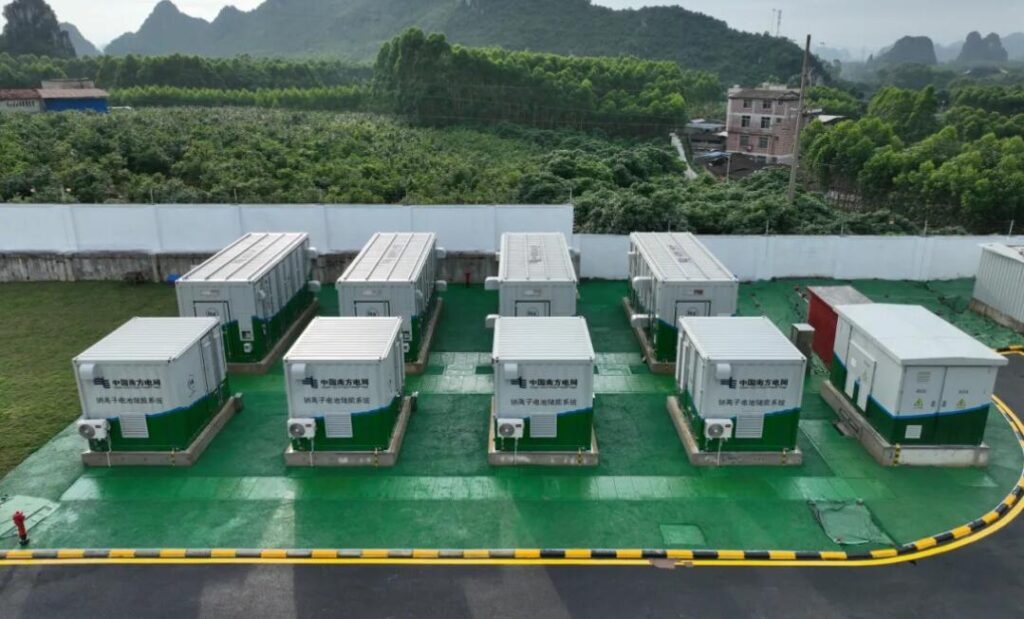
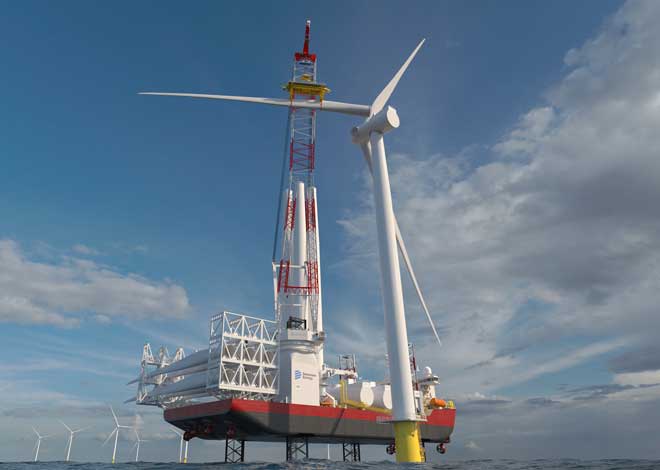

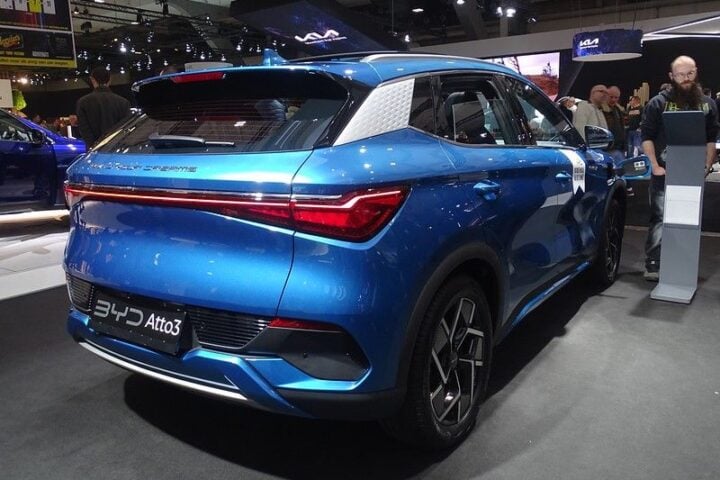
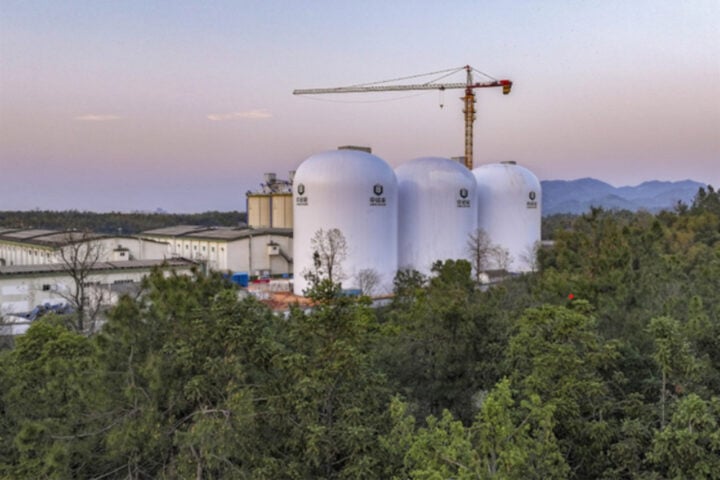


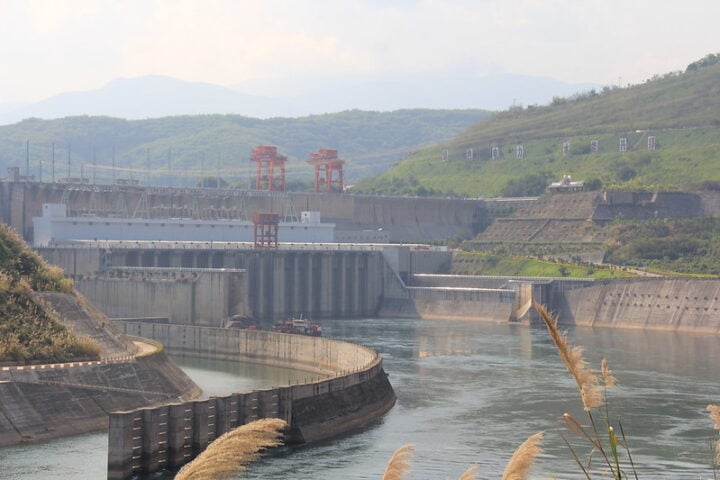



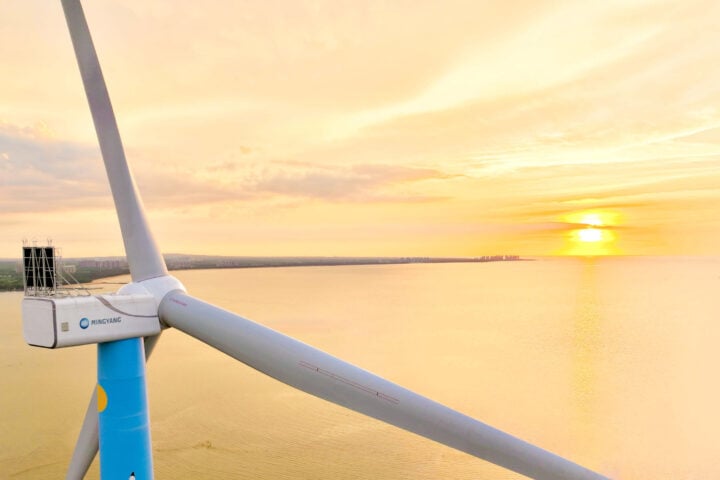
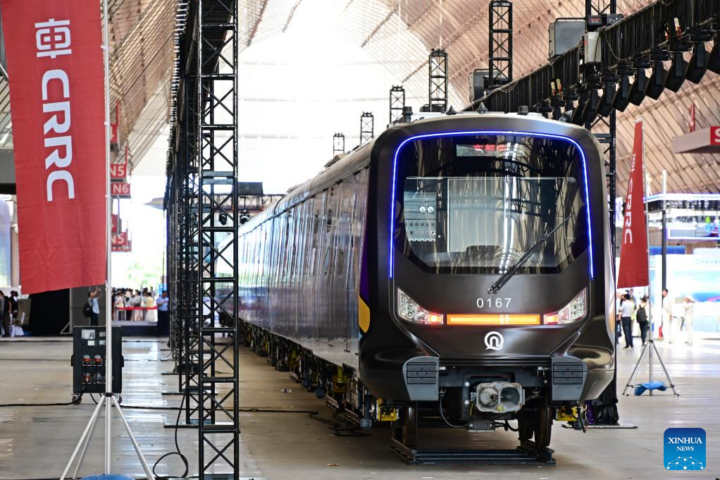


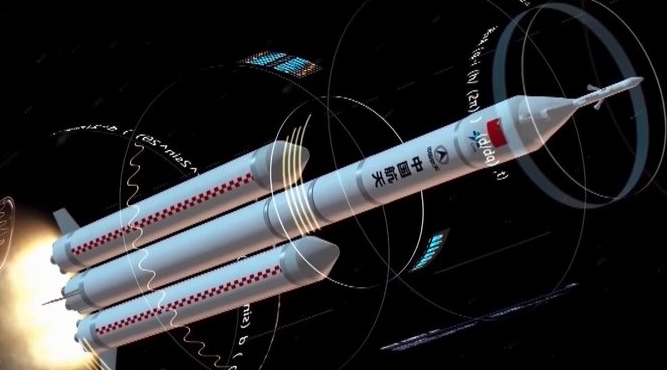
![This image taken from video animation at Beijing Aerospace Control Center (BACC) on June 2, 2024 shows the lander-ascender combination of Chang'e-6 probe landing on the far side of the moon. [Photo/Xinhua]](https://www.karmactive.com/wp-content/uploads/2024/06/spp.jpeg)
